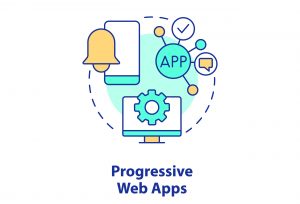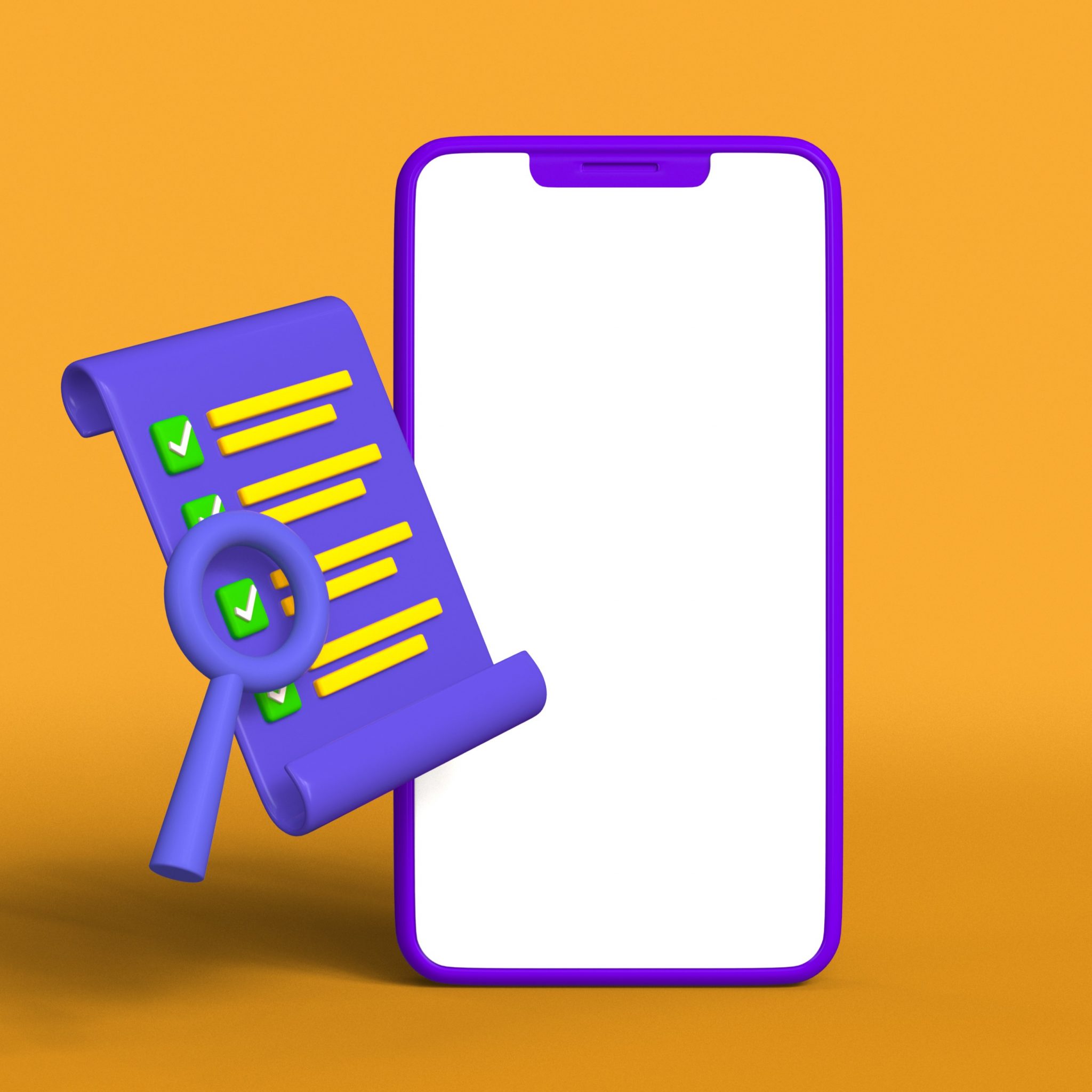In the rapidly evolving digital landscape, progressive web apps (PWAs) have emerged as a game-changing solution, revolutionizing the way you interact with web content and mobile experiences.
These innovative web applications leverage cutting-edge web technologies to provide a seamless and engaging user experience across various devices and platforms. PWAs blur the boundaries between traditional websites and native mobile apps, offering features like offline functionality, push notifications, and home screen installation.
By harnessing modern web technologies such as service workers, web app manifests, and responsive design, PWAs deliver fast loading times, enhanced performance, and cross-platform compatibility. They enable businesses to reach a wider audience with a single application, reducing development efforts and costs.
Moreover, PWAs prioritize speed, reliability, and immersive experiences, making them an essential component of the future of mobile web development and progressive web apps tutorial.
Progressive Web Apps (PWAs) are the next level of regular web apps, combining the best of both desktop and mobile platforms to deliver a high-end web and app experience. A PWA should work seamlessly across devices, enhancing progressively based on the features available on the user’s device and browser.
Unlike regular web apps, PWAs offer several key advantages:

Service workers are the key enablers behind many PWA features, acting as middleware between the PWA and the servers it interacts with. When a PWA requests a resource, the service worker intercepts the request and decides whether to serve it from the cache, fetch it from the network, or generate it locally. This allows PWAs to provide a high-quality, app-like experience even when offline.
Service workers have a lifecycle separate from the PWA installation, getting updated when the browser detects a new version. They run in a separate thread from the main PWA, enabling background tasks like push notifications and background synchronization. However, service worker code requires explicit instructions to cache resources and handle network requests.
One of the key benefits of PWAs for users is their enhanced speed and performance. PWAs can cache data that serves you with images, texts, and other content before the whole app loads completely, cutting down the waiting time and improving user retention and engagement. This is achieved through techniques like server-side rendering, code splitting, and efficient caching, significantly reducing load times and providing an instant, app-like experience.

Another significant advantage of PWAs is their ability to function offline. PWAs can work offline by utilizing service workers and offline storage technologies like the Cache API and IndexedDB. This allows you to access cached data and perform certain actions even without an internet connection. A PWA’s offline functionality is like having a good book downloaded to your e-reader, ready to enjoy even when you’re out of range of a good signal. Due to caching, a PWA can store data on your device, ensuring uninterrupted access to essential features.
PWAs can engage you with personalized push notifications, just like native apps. Push notifications in PWAs are pivotal in driving user engagement and retention, allowing real-time communication and keeping you informed and engaged. They contribute to a seamless, uninterrupted user experience by providing necessary information and updates without the need to open the app.
PWAs eliminate the lengthy download and installation process typical of native apps. You can access a PWA as swiftly as you’d load a web page, making it as straightforward as bookmarking your favorite site – no waiting for downloads or navigating through app stores. Additionally, PWAs can be added to your device’s home screen with minimal effort, blurring the lines between web and native apps and enabling you to access the PWA with a single tap.
One of the most significant advantages of PWAs is their minimal storage requirements. Since they primarily store data online, much like cloud services, they occupy significantly less space on your device.
PWAs offer significant advantages for businesses, making them a compelling choice for mobile development. Here are some key business benefits of adopting PWAs:
PWAs are cost-effective compared to native apps, as they utilize a single codebase that works across multiple platforms. This eliminates the need for separate development efforts for different operating systems, resulting in substantial cost savings. Additionally, PWAs do not require app store approval, allowing businesses to push updates directly to users, reducing maintenance costs.
Unlike native apps that require installation from app stores, PWAs can be accessed directly through a web browser, enabling businesses to reach a broader audience. This increased accessibility, combined with their discoverability by search engines, enhances brand visibility and attracts new users through organic search.
PWAs are treated as websites by search engines, providing significant SEO advantages. Their ability to load quickly, even on slow networks, and their mobile-friendliness contribute to improved search rankings. Additionally, their installability on home screens enhances user experience, a factor valued by search engines. Of course, you should also follow a high-quality blueprint for SEO activities, not just rely on PWA structure.
PWAs offer cross-platform compatibility, eliminating the need for separate native apps for different platforms. This not only reduces development and maintenance costs but also ensures a consistent user experience across devices and operating systems.
By leveraging PWAs, businesses can achieve cost-effective development, wider reach, enhanced discoverability, and seamless cross-platform compatibility, positioning themselves for success in the ever-evolving digital landscape.
Pinterest, the popular visual discovery platform, revamped its mobile experience with a PWA to deliver faster load times and improve user engagement. By implementing lazy loading techniques, Pinterest prioritized the loading of visible content, allowing you to start exploring without delay. Additionally, they optimized image loading to minimize data usage while maintaining image quality. These optimizations resulted in significantly improved load times, with the new mobile web experience loading in just 6 seconds, down from a frustrating 23 seconds previously.
The benefits of Pinterest’s PWA were remarkable:
By keeping JavaScript bundles lean and adopting Service Workers for network resilience, Pinterest’s PWA delivered a seamless, app-like experience while significantly boosting key business metrics.
Uber, the global ride-hailing company, optimized its PWA to provide a faster and more accessible booking experience. By leveraging service workers, Uber enabled offline functionality, allowing you to book rides even with limited or no internet connectivity. This enhanced accessibility expanded their user base and improved overall customer satisfaction.
Uber’s PWA, designed with clear and intuitive layouts, loads incredibly fast, with elements appearing instantly and neatly where they need to be. The developers claim that the PWA responds to the first browser request by rendering Preact on the server, delivering content almost instantly.
The key achievements of Uber’s PWA include:
By prioritizing speed, accessibility, and offline functionality, Uber’s PWA revolutionized the ride-hailing experience, catering to a global audience and expanding their user base.
AliExpress, the e-commerce giant, faced challenges with shoppers being reluctant to download their app and re-engage with it. Their PWA development strategy proved to be a game-changer, delivering an unrivalled mobile experience and driving significant business growth.
The results of AliExpress’s PWA adoption were remarkable:
AliExpress’s PWA success set a new standard for mobile user experience, demonstrating the immense potential of PWAs in driving engagement, conversion, and revenue growth.
By leveraging PWA technology, these companies have not only enhanced user experience but also achieved significant business outcomes, solidifying the importance of PWAs in the future of mobile development.

Progressive Web Apps (PWAs) have emerged as a transformative force in the realm of mobile development, bridging the gap between traditional websites and native applications. By harnessing the power of modern web technologies, PWAs offer a seamless, app-like experience that transcends platform boundaries, enhancing speed, reliability, and user engagement. The case studies of industry giants like Pinterest, Uber, and AliExpress serve as compelling testimonies to the remarkable impact PWAs can have on key business metrics, including increased user retention, conversion rates, and revenue growth (reminder: make sure you know how to comply with Consent mode V2 when tracking these metrics on your PWA).
As the digital landscape continues to evolve, embracing PWAs become an imperative for businesses seeking to stay ahead of the curve. These innovative web applications unlock a world of possibilities, delivering enhanced performance, offline functionality, and seamless cross-platform compatibility.
Undoubtedly, progressive web apps are poised to shape the future of mobile development, providing a cost-effective and accessible solution that caters to the ever-growing demands of users in a rapidly changing digital era.
© 2024 Created by RoakonTerms and conditions